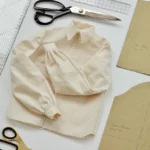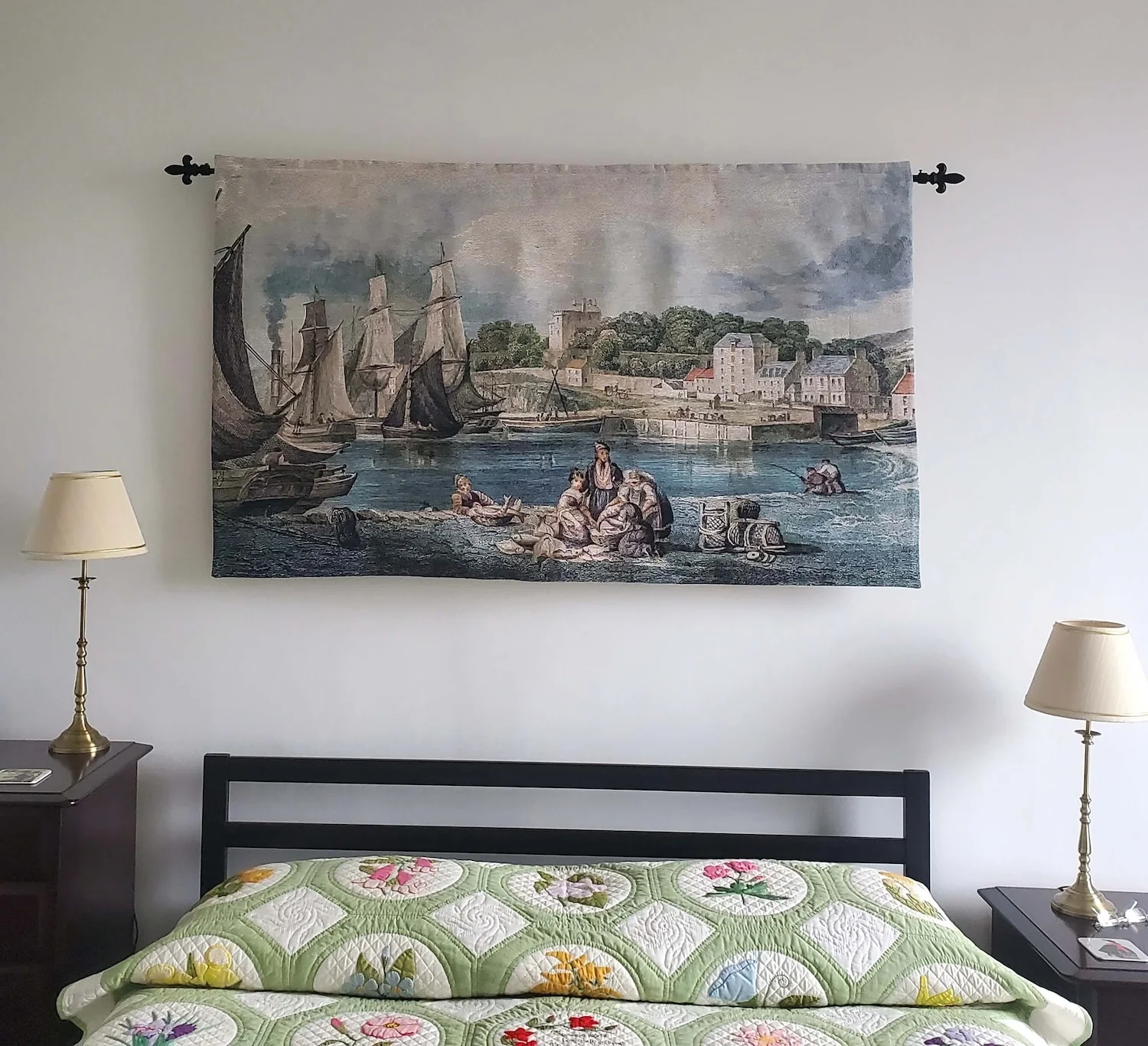Tapestry, a form of textile art, has a rich history that spans from medieval times to the contemporary art world. This intricate craft involves weaving threads to create decorative patterns and images. Its evolution mirrors cultural and technological changes over centuries. Let’s explore the fascinating journey of tapestry, from its origins to its modern-day significance.
Early Beginnings: Ancient and Medieval Tapestry
The origins of tapestry can be traced back to ancient civilizations. Ancient Egyptians, Greeks, and Romans created early forms of woven art, though these were primarily functional rather than purely decorative. The craft truly began to develop during the medieval period.
In medieval Europe, tapestry became a symbol of wealth and status. Nobles and royalty commissioned elaborate tapestries to adorn their castles and palaces. These tapestries often depicted historical events, mythological stories, and religious themes. Notable examples include the Bayeux Tapestry, which chronicles the events leading up to the Norman Conquest of England in 1066. The detailed and narrative-rich designs showcased the artist’s skill and served as historical records.
Renaissance and Baroque Eras: Artistic Flourishing
During the Renaissance, tapestry evolved as artists began incorporating more complex designs and vibrant colors. The art form gained further prominence in the 15th and 16th centuries. Renowned artists, such as Raphael and Rubens, designed tapestries that were woven by skilled artisans in workshops across Europe. These tapestries featured elaborate scenes from classical mythology, biblical stories, and allegories.
The Baroque era continued this trend, with an emphasis on grandeur and opulence. Tapestries from this period often depicted dramatic and theatrical scenes, reflecting the extravagant tastes of the time. The intricate craftsmanship and luxurious materials used in these tapestries were a testament to their significance and value.
18th and 19th Centuries: Innovation and Industrialization
The 18th and 19th centuries saw significant changes in the tapestry industry due to industrialization. Advances in technology led to the development of more efficient weaving techniques. The invention of Jacquard looms allowed for greater precision and complexity in designs. As a result, tapestries became more accessible and affordable.
During this period, tapestries also began to reflect contemporary tastes and themes. Artists and designers experimented with new styles and motifs, moving away from traditional subjects to incorporate modern influences. This shift marked a move towards more personalized and diverse expressions in tapestry art.

20th Century to Present: Contemporary Tapestry Art
The 20th century brought further innovation to tapestry art. Modern artists embraced the medium to explore abstract and conceptual designs. Tapestry became a vehicle for contemporary artistic expression, blending traditional techniques with modern aesthetics.
Artists like Anni Albers and Gunta Stölzl revolutionized the craft with their experimental approaches. Their work challenged conventional norms and opened new avenues for creative exploration. Today, tapestry continues to thrive as a versatile art form, with artists pushing boundaries and exploring new materials and techniques.
Contemporary tapestries often reflect global issues, personal narratives, and abstract concepts. They are displayed in galleries and museums, contributing to the ongoing dialogue in the art world. Modern tapestries bridge the gap between traditional craftsmanship and contemporary art, showcasing the medium’s enduring relevance and adaptability.
Conclusion
The history of tapestry is a testament to its enduring appeal and significance as an art form. From its medieval origins to its role in modern art, tapestry has evolved while maintaining its core essence of intricate craftsmanship and storytelling. As it continues to adapt and innovate, tapestry remains a vibrant and expressive medium, reflecting the ever-changing landscape of art and culture.











